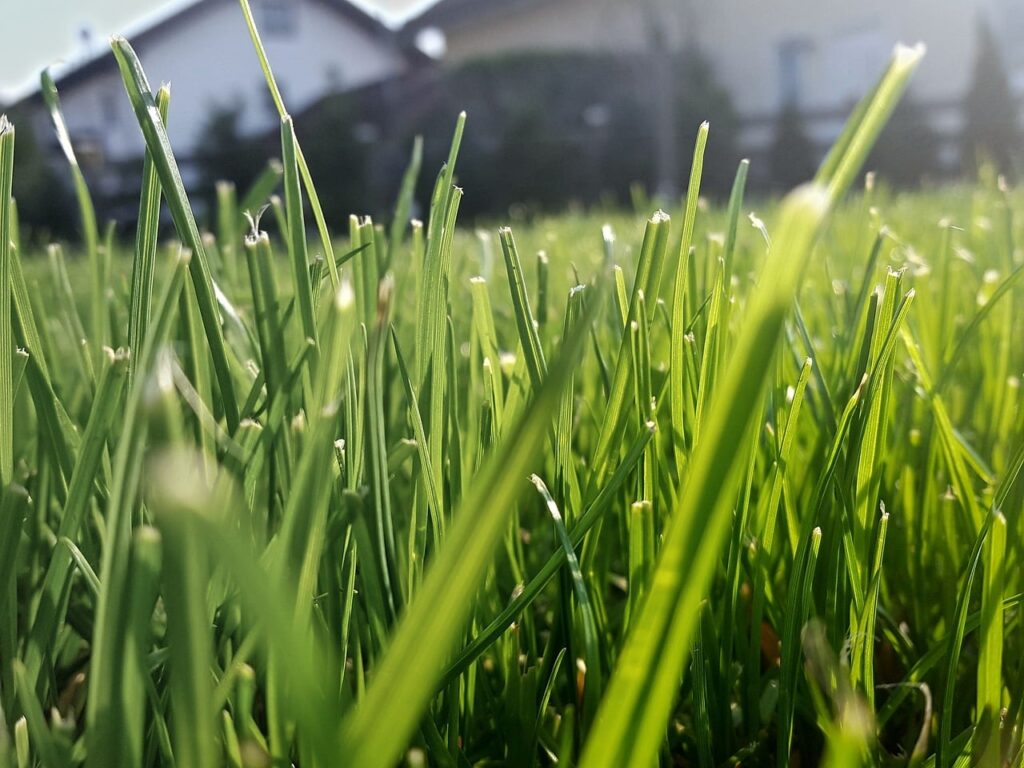As we begin 2024, one of my main concerns is the correction of turf and forage seed inventory levels. That might not sound all that dramatic, but after the lawn seed sales surge we experienced during the pandemic, the turf and forage sector is experiencing a readjustment that needs to be navigated properly. Doing so will ensure our sector can continue to provide customers with the seed varieties they want and need.
The world of forage and turf seed is far more complex and dynamic than it might appear at first glance. It’s a realm where economics, supply chain management, and the ever-evolving demands of consumers intersect to create a delicate balance that people often don’t think about.
As I’ve delved into my new role at DLF, I’ve realized the critical importance of networking, relationship building, and a deep understanding of the challenges faced by all stakeholders within the supply chain, and the need for strategies to tackle them. Those strategies are as follows:
- Securing a healthy team of seed growers. It’s vital to ensure we have a reliable base of growers ready to meet the demands of the upcoming year. The forage and turf industry may not always be in the limelight, but it plays a crucial role in our landscapes and lives. One of the most significant challenges we confront, not only in Canada but in the United States and Europe, is striking the right balance between compensating local growers fairly and remaining competitive with alternative crops like wheat, canola, soybeans, corn and oats. Profitability and consumer-acceptable pricing are at the heart of this challenge, all while navigating a market occasionally oversupplied with seed, leading to price pressures.
- Cultivating relationships across borders. The seed cultivated in regions like Manitoba doesn’t merely stay within Canada’s borders. It’s shipped not only across our country but also to the United States and overseas. This global distribution underscores the industry’s complexity, as growers have the liberty to choose which crops to cultivate. This freedom necessitates our ongoing competitiveness to secure their trust and commitment.
- Understanding consumer behaviour. The COVID-19 pandemic ushered in a surge in demand for lawn seed as people invested more time in their homes and lawns. However, as the world gradually returns to pre-pandemic routines, consumer behavior is shifting. More people are allocating their disposable income to travel, dining out, and other experiences, impacting the demand for lawn seed. This shift emphasizes the need for adaptability and resilience in this industry.
- Learning to play the long game. My experience has taught me the importance of not fixating on short-term challenges but also looking at the broader picture. Over the past five to six years, one of the major trends we’ve encountered is a decline in alfalfa acreage in the United States due to the increased use of alternative crops and feed sources. This has presented a challenge to our industry. However, on a positive note, with the potential bounceback in acres we see on the horizon, DLF strategically acquired an alfalfa seed company. While we don’t expect alfalfa acreage to return to historic levels, we believe there is indeed room for growth.
These insights are not only relevant to environmental concerns but also to the long-term sustainability of the industry itself. Managing inventory levels while maintaining a consistent supply chain and profitability, all the while keeping our seed growers engaged, is an ongoing mission.
The forage and turf seed industry is susceptible to the ebb and flow of the market, changes in consumer preferences, and economic fluctuations. Reacting impulsively to temporary setbacks is counterproductive. Instead, perseverance, adaptability, and a profound understanding of the industry’s complexity are key to success.







